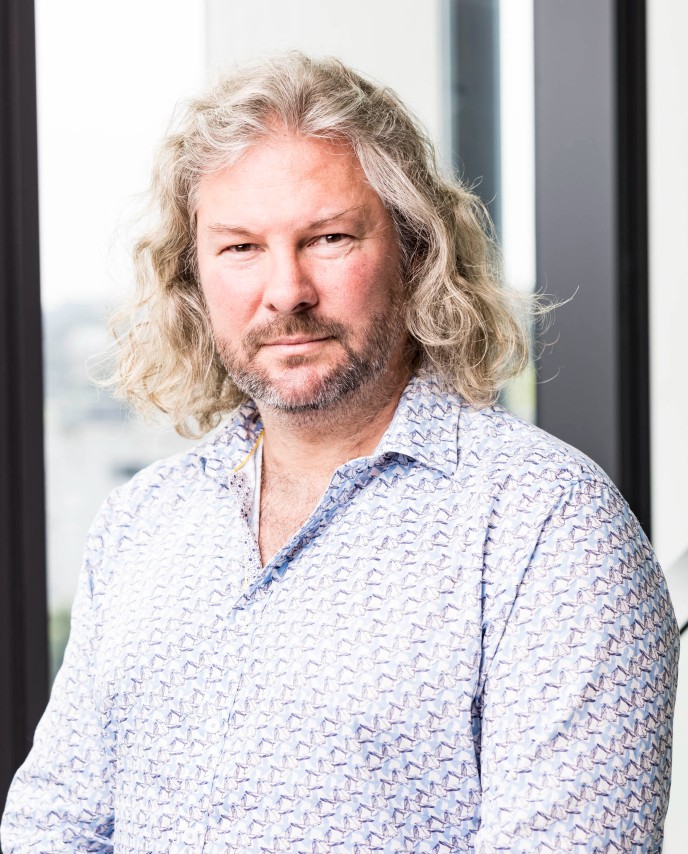 How to make a singlet fission solar cell
How to make a singlet fission solar cell
Professor Tim Schmidt
- UNSW Sydney
Friday 25 November, 10am
Abstract
Single threshold solar cells are limited to an energy conversion efficiency of 33.7% under the AM1.5G spectrum. The principal sources of inefficiency are the inability to absorb sub-band gap photons, and the thermalization of excess carrier energy when the photon energy greatly exceeds the band gap. Addressing these losses can increase the efficiency of a solar cell.
Singlet fission is a molecular process whereby the energy of a single photo-generated singlet exciton is split between triplet excitons on neighbouring chromophores. If these excitons can be harvested individually, there is the potential to double the photocurrent of a solar cell when higher energy photons are absorbed. We calculated that the upper efficiency for such a device would be 45.9%. On silicon, realistic estimates suggest that >30% efficiencies should be possible.
In recent years, progress has been made towards realising singlet fission solar cells based on silicon. Members of the centre have been awarded $6M to drive this towards commercialization, but the effort will be underpinned by fundamental studies undertaken by ACEx. In this talk, I will provide a tutorial on singlet fission, outline our progress and the challenges that lie ahead.
About the speaker
Tim Schmidt is a molecular spectroscopist who has specialised in the development of world leading upconverter systems for energy harvesting.
He was educated at the University of Sydney, winning the University Medal for Theoretical Chemistry in 1997. He undertook his PhD at The University of Cambridge in the field of femtosecond spectroscopy under the supervision of the late Dr Gareth Roberts.
He was a postdoctoral research associate of Prof. Dr John Paul Maier, FRS in Basel, Switzerland, where he researched highly unsaturated hydrocarbon molecules of astrophysical relevance. Tim returned to Australia in 2003 to take up a position at CSIRO researching artificial photosynthesis.
He was appointed as a lecturer in the School of Chemistry at The University of Sydney in 2004 and there rose to Associate Professor before moving to UNSW in 2014 as Professor and ARC Future Fellow.
At UNSW he is Research Director of the School of Chemistry and Chief Investigator of the ARC Centre of Excellence in Exciton Science.
Professor Schmidt has been the recipient of a number of awards for his research including the Coblentz Award (2010) for contributions to the science of molecular spectroscopy.


